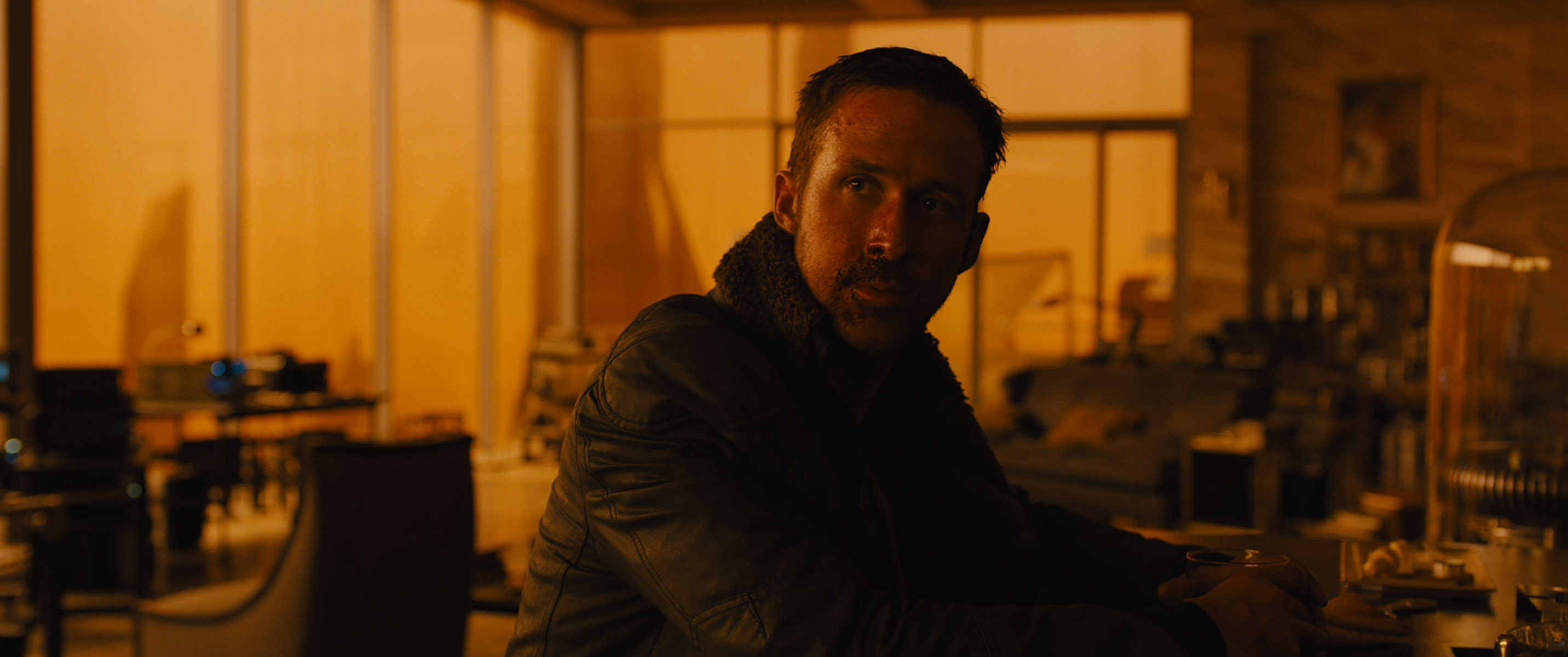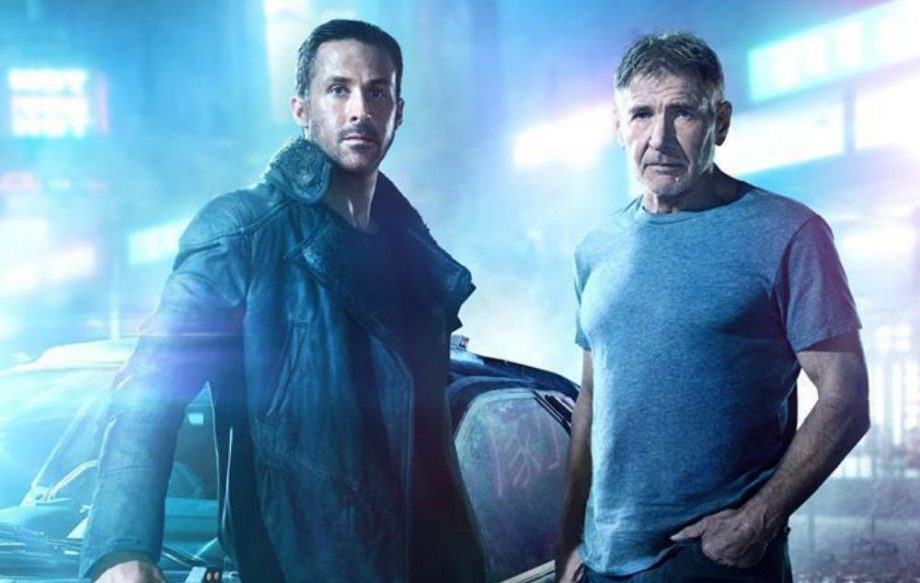Fair warning: considerable spoilers follow – read after watching.
I’ll start by telling you that I loved Blade Runner 2049. I walked out of the theatre feeling like I had just witnessed one of the great science-fiction films of the past decade, if not in all of film history, as well as one of the best sequels ever made.
Further than that, I thought Ryan Gosling was perfect in the lead role – and I think my perception of Gosling following his leading turn in La La Land actually benefitted the film, making the gritty, despicable things I imagined K having done that much more disturbing. Harrison Ford was great too; I wasn’t sure how I’d feel about spending time with Deckard again, but Ford’s uncompromising portrayal of a man (read: man?) who didn’t regret a single thing he’d done was note perfect for the film director Denis Villeneuve was making.

And like most other reviewers, I have to compliment the visuals. Legendary cinematographer Roger Deakins brought his best work to Blade Runner 2049. There is a belief that every frame of a film is (or should be) a painting, and Deakins has proven himself a master painter, creating a visual style that builds upon the original film, and in which almost every shot could be used as a how-to on lighting and composition for genre cinema.
But I can’t help wondering: did we really need to see any of it?
Stay with me for a minute, because I know you’re thinking ‘hang on, didn’t you just call Blade Runner 2049 one of the greatest science fiction films ever made?’ Yes, yes I did say that – and I stand by it. But greatness doesn’t inform necessity or importance in film.
And sure, you could ask the same of almost any film sequel. But asking this of, say, Transformers: The Last Knight or Pirates Of The Caribbean: Dead Men Tell No Tales is folly; we’re five films deep there into franchises that now exist purely to (supposedly) entertain, and to make money, and to sell toys.
Blade Runner – the landmark 1982 film directed by Ridley Scott – is something more than simple mass entertainment. It isn’t part of a big-budget franchise, and was never intended to set one up. And it doesn’t exist in a film universe custom built for expansion.
I would argue that the original Blade Runner is a subversive anti-blockbuster, with a non-linear narrative, dour tone, and unconventional (albeit highly influential) visual style intended to turn expectations of science-fiction cinema on its head. And I haven’t even mentioned it’s tight focus on Deckard, etting the film as a character study first, sci-fi second.
It just doesn’t seem like the sort of film that lends itself to rapid expansion, multiple sequels and merchandise sales. So you have to wonder: why did we need to spend more time in this particular sandbox?

Maybe we didn’t.
As a viewer, we tend to watch different properties for different reasons, especially when it comes to sequels. Recently, I watched Kingsman: The Golden Circle because I wanted to be entertained for a couple of hours, and that was it. Seriously. The first one was pretty entertaining and I was hoping for more of the same, and it delivered.
My motivation for watching Blade Runner 2049 is what, then? Is it to be entertained? I doubt it – the original is a great film, but I don’t think anybody has ever referred to it as an “entertaining romp through inner city Los Angeles”.
Is it to see something in the vein of the original, something edgy and unique and unconventional? Also, no – you don’t go into a sequel with the intent of watching something original. Hell, even Blade Runner 2049, as good as it is, isn’t an original film: it exists very much as an extension of the original, if a little more coherent and visually splendid.
Is it to see the next great thing from red-hot director Denis Villeneuve? I mean, Blade Runner 2049 is good, but how much better could an original idea from Villeneuve have been? The version of Villeneuve given free reign over story and style (a la Prisoners or Sicario or Arrival) is something to behold. Not so the version of Villeneuve who has given himself over to the trappings of a franchise, in which so many creative decisions are made for him.
Is it to simply watch more of the same? Maybe. I think that was probably my motivation going in, and there isn’t anything wrong with that. But it seems like fans of Blade Runner – fans of that kind of film – are looking for something new. And it can’t be overlooked that I went in this way and have come out going “yeah, it was good, but what was the point?”
Look, the original Blade Runner is a work of art, a film that existed ahead of its time and did things that so few films do in this day and age: it presented a new idea in a unique way, and it didn’t compromise on the vision of its director, Ridley Scott.
Blade Runner 2049, meanwhile, does exactly what so many films do in this day and age: it is a sequel that rehashes the story and style of the original, dragging out the cast of the original – including cameos from Edward James Olmos and Sean Young – to prove its legitimacy.
It is a hell of a film though. Villeneuve has put together something that is much, much better than it needed to be, with a story and visuals that should see it do well in the writing and technical categories come awards time. And I do stand by my comments earlier that it is an absolute stellar film, one of which I enjoyed every single moment.
Blade Runner 2049 is a great science-fiction film, maybe one of the best ever made. I just don’t think it was a necessary one.
Blade Runner 2049 is directed by Denis Villeneuve, written by Hampton Fancher and Micahel Green, and stars Ryan Gosling, Harrison Ford, Ana De Armas, Syvlia Hoeks, Robin Wright and Jared Leto, with cinematography by Roger Deakins; seriously, the cinematography is so good, he deserves to be listed here. It is distributed in New Zealand by Sony Pictures, and is in cinemas now.
